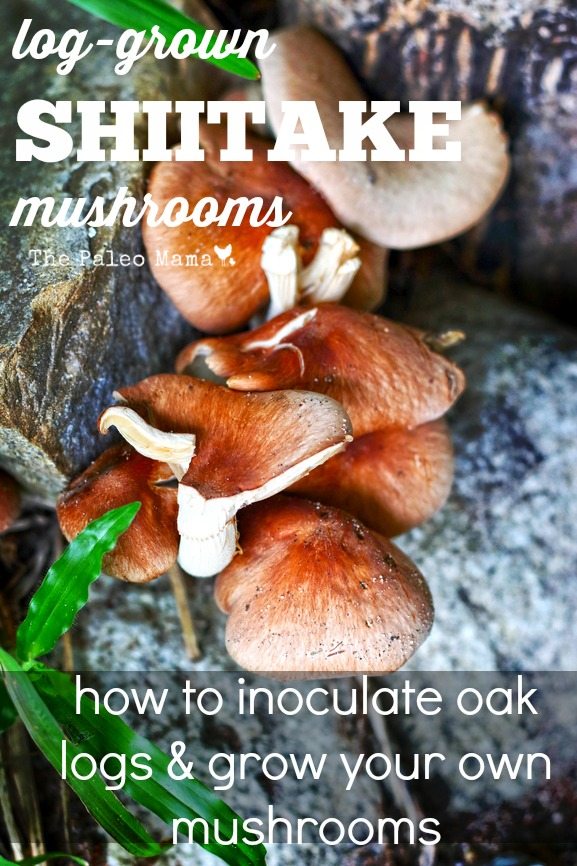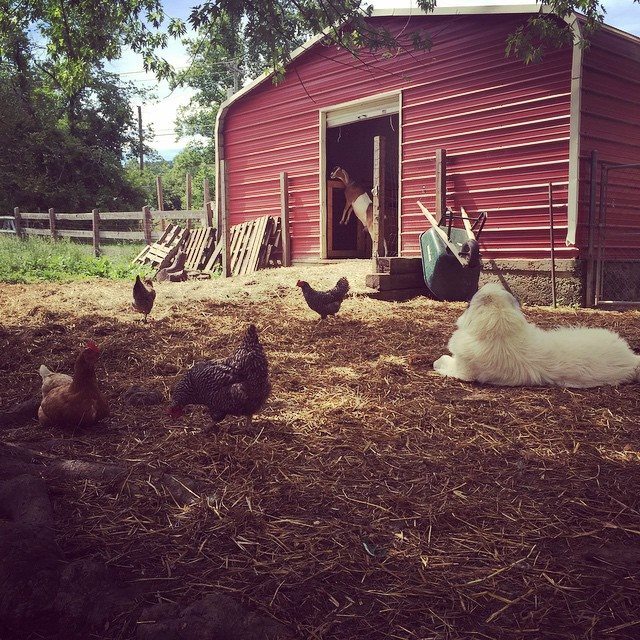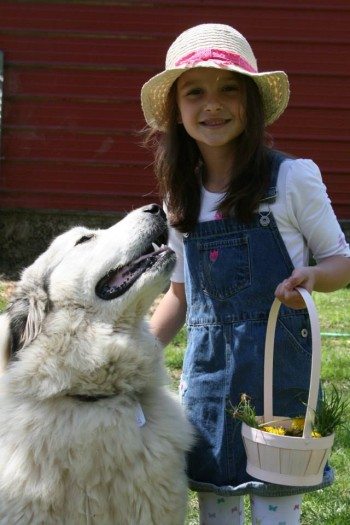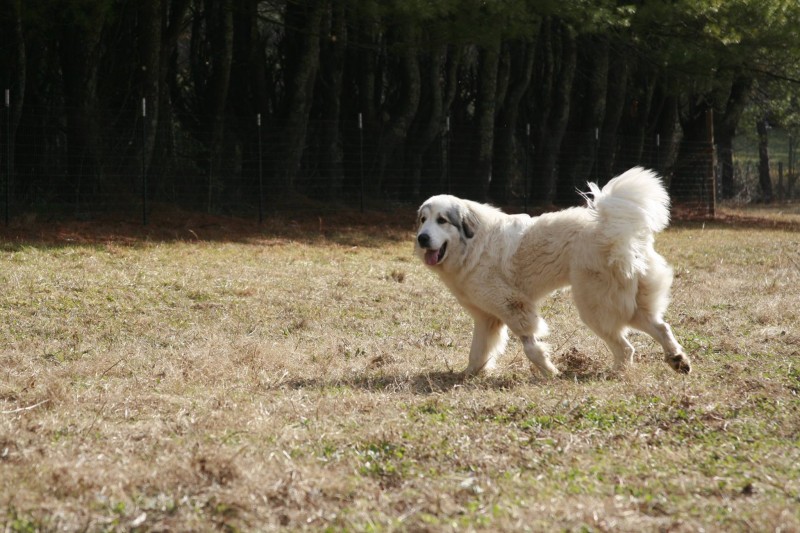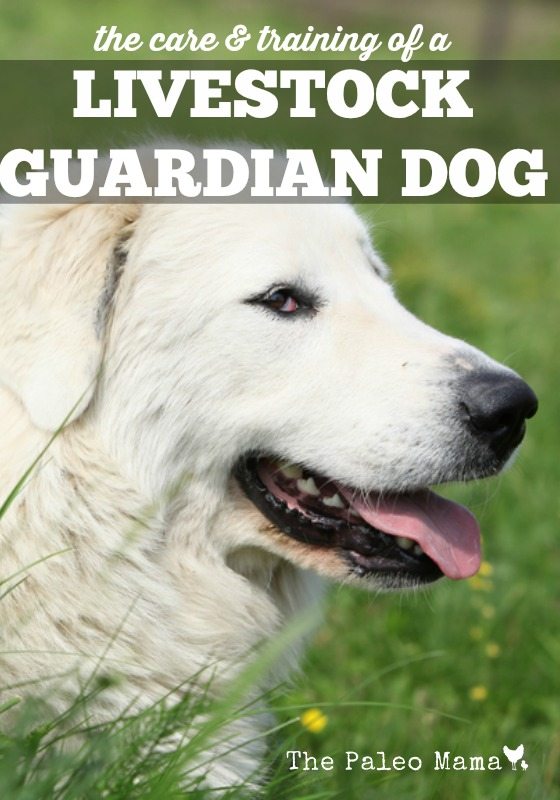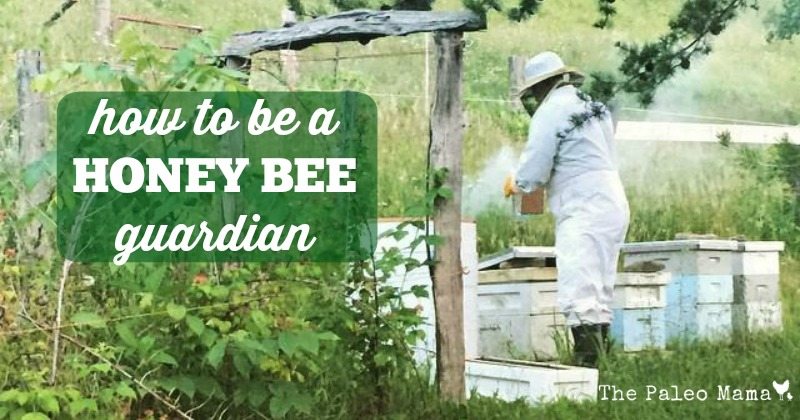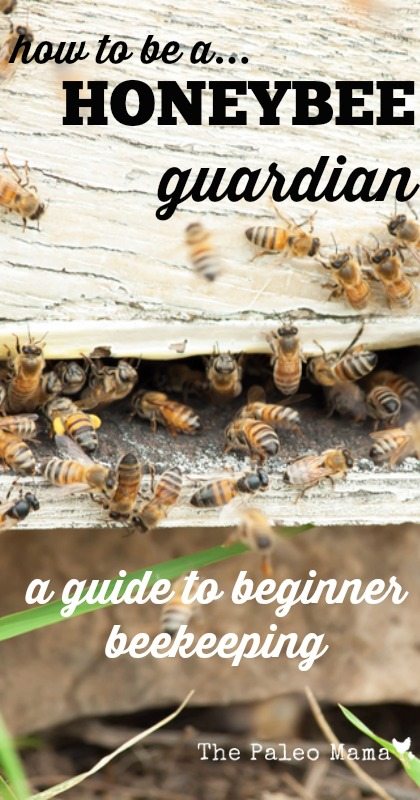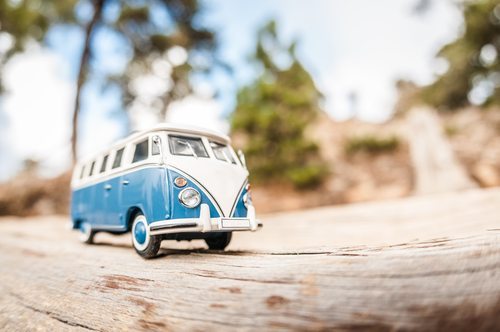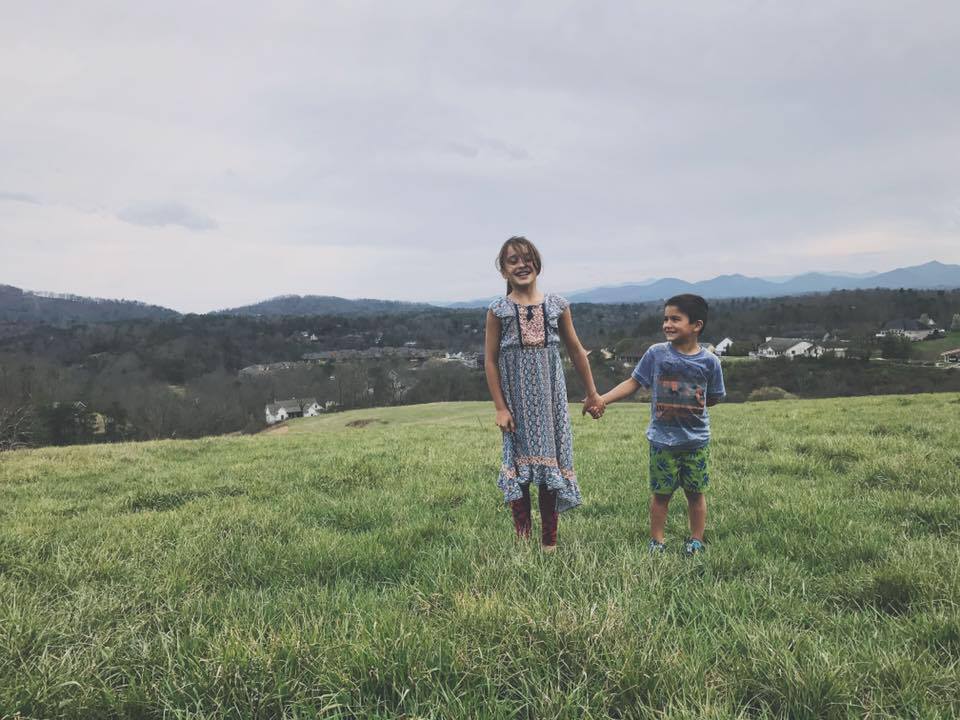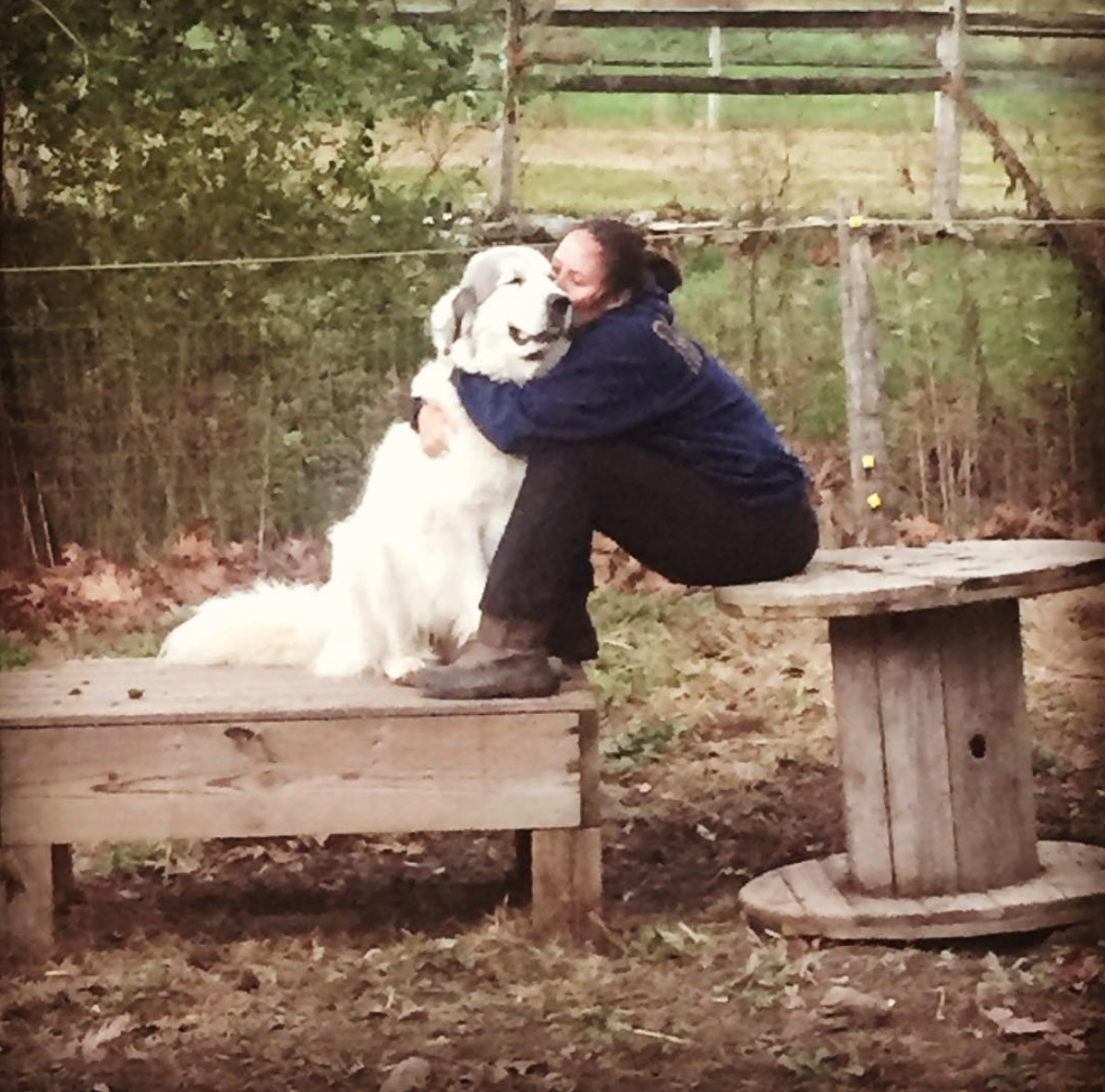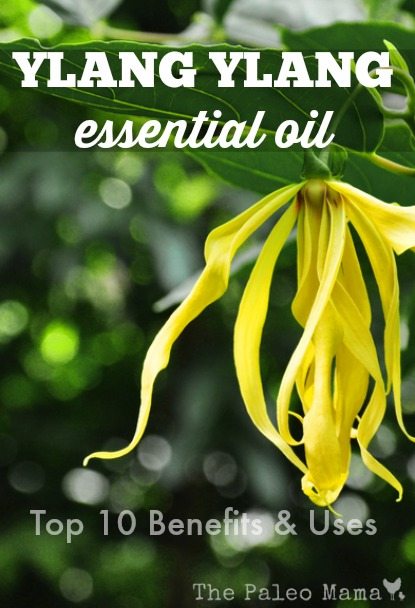I know you’ve heard me telling you about our dream farm we just moved to, with its ready-made flower and vegetable gardens. What a blessing for us! The former owner was a master gardener, and it’s going to take me some time to just get a grip on how to manage what has already been planted. But I’m determined to grow into a mini-master gardener as soon as possible so here is a few tips I am learning and wanted to share with all of my wonderful readers!
One thing you also already know about me is that I like to live life from a laid-back, take-it-as-it comes point of view. That is, until I become really passionate about something I like doing—such as living a Paleo lifestyle, and proclaiming the virtues of using essential oils to maintain health instead of the chemicals most drugs shove into you.
So I know I’ll become just as passionate about gardening—but for now I want to share a few secrets I’ve found from my beginning research into gardening. Let’s just say this is a first installment on “Vegetable Gardening for Beginners.”
Let me start by saying I am aware that not everyone reading this will have ten wonderful acres of farmland on which to raise their fruits and vegetables. But hopefully you will find in this post some easy and potentially workable ways to start your garden no matter how much land you have—or don’t have.
I want to take a look at four starting points for any gardener:
- Where can you plant your garden?
- What are you going to plant in your garden?
- When are you going to plant your garden?
- When will you be able to enjoy the harvest from your garden?
- Where can you plant your garden?
1. Where can you plant your garden?
To get from wanting to have a garden to planting a garden you have to first of all determine where you will plant the garden. Are you stuck in an urban area where you see more concrete that dirt when you look out your window? Then you may want to bone up on Container Gardening. You can use just about any container— Smart Pots, wood, terra cotta, clay, an old sink, wheelbarrow, rubber boot, watering trough, and even cardboard boxes or bags or dirt. If you don’t even have a small balcony or patio to place your containers on, you can consider windowsill gardening from inside your home.
If you are fortunate to have some dirt—even a small area—where you can plant your vegetable garden outside, there are a few blunders you could make that would keep you from ever reaching the harvest stage. Avoid these five blunders:
- Don’t bite off more than you can chew by planting your garden without considering the time and effort needed to maintain it. Do the necessary research to learn all you can, and then draw up a weekly checklist of maintenance tasks and stick to it.
- Don’t ignore the light requirements for your plants. Full sun means six or more hours of direct sunlight, and some shade means that those plants don’t want to be wilting in the sun all day long.
- Don’t forget to amend your soil. This is your most important starting task. Good soil means the right combination of silt, clay and organic material. Sandy soil requires working in a higher ratio of organic material to a depth of at least 4-6 inches. Clay soil needs to have compost material added to it. Take a sample of your soil to your local university extension office for testing to determine what nutrients you need to add, or do it yourself using a store-bought soil sample test.
- Don’t overdose your soil on added nutrients. Even the fertilizer made for organic gardening comes with specific instructions, which must be followed to the letter for best results. I like to use natural methods to eliminate garden pests.
- Don’t overwater or underwater your garden. It is recommended that you stick your finger about an inch in the soil, and if it feels dry, water thoroughly. If the soil is still moist, wait a day and check again. Avoid watering above the plants, it can cause leaf spot and blight problems. Water directly over the plant’s roots.
2. What are you going to plant in your garden?
At first, when deciding what to plant in a garden with vegetables, it’s best to start small. Many gardeners get a little too excited at the beginning of the season and plant more than they need—and end up wasting food and feeling overwhelmed by their garden.
So first, take a look at how much your family will eat when you think about how to plan a vegetable garden. Keep in mind that vegetables such as tomatoes, peppers, and squash keep providing throughout the season — so you may not need many plants to serve your needs. Other vegetables, such as carrots, radishes, and corn, produce only once. You may need to plant more of these. You can find a list of 10 must-grow vegetables here.
What you grow will be partially determined by how much space you have available. Remember that you don’t need a large space—you can have a good harvest from just a few container plants. Here are some great ideas for growing veggies in containers.
3. When are you going to plant your garden?
Starting seeds indoors can help you get a jump-start on spring! Learn what you need and get tips for successful seed starting here.
Knowing the right time to plant your seedlings outside in your garden depends on where you live. For example, I know that summertime gardening can be a challenge with hot, humid summers and mild winters in the South. Heat-tolerant plants will do best. You can get some ideas for when and how to garden for your area here.
Vegetable gardening is divided into climate groups: cool season and warm season. Here are some tips to get it right for your area:
- Plant for your zone. See this zone map.
- Cool season vegetables germinate best in cool soil. They are usually planted as soon as the soil can be worked in the spring.
- Warm season crops can be started indoors, but wait until at least two weeks after the average frost date for your region to plant outdoors. Give them some shade while they adjust to outdoor temperatures.
4. When will you be able to enjoy the harvest from your garden?
During the time between planting and harvest you need to diligently care for your plants. Your veggies will grow faster and give better crops if you feed them. Choose natural products. Well-rotted animal manure from plant-eating critters (rabbits, goats, horses, sheep, chickens) is a great source. Look for prepackaged organic materials online or at your local garden center.
Build your own compost station. Adding good quality compost to your garden provides nutrients in a form plants can use, enriches soil health and enhances the soil food web, builds soil structure, improves drainage, and acts as a butter to toxins. You will find six ways to make great compost here.
When harvest time comes, it comes big-time. For the gardener, the challenge now may be to keep ahead of a tsunami of vegetables. It’s best to take a basket out to the garden every day to see what has ripened. Picking vegetables as soon as they are ripe often encourages the plant to produce more. Most vegetables are at their peak of tenderness and flavor when they are relatively small. Zucchini, for example, are best when they are no more than six or seven inches long. Then they get tough and woody. You will find some great harvesting tips for various vegetables and fruits here.
It’s crucial to keep track of what you planted and keep the seed packet so you know what to expect. There are many cultivars of vegetables today, bred for different characteristics such as size. You can plant a watermelon variety that ripens at eight inches across or one that’s not ready until the fruit weighs 30 pounds. And it would be a shame to pick yardlong beans (which actually are best when they are 15 to 18 inches long) at the five to six inches that would be normal for pole beans.
When you harvest, look out for signs of trouble, such as yellowing leaves or rotting fruit, and remove the problem parts. Even if it’s something you can do little about—such as blossom end rot or cracking from too much rain—there’s no point in letting the plant put energy into fruit you won’t be able to eat.
If you do the proper research, and learn the lessons mentioned here in my blog, who knows? You may become the master gardener you always dreamed of being. Now…I’ve got to get back out to my gardening maintenance!
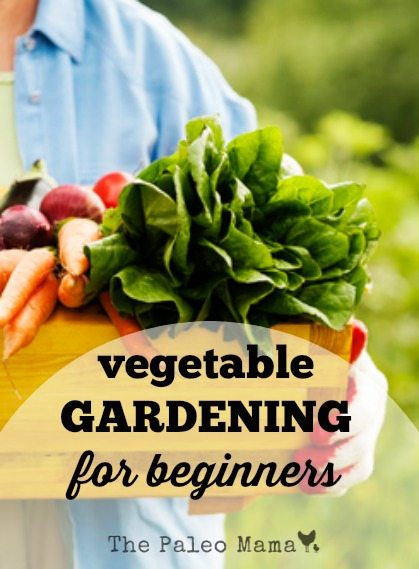
Sources
- https://www.dummies.com/how-to/home-garden/gardening.html
- https://www.birdsandblooms.com/gardening/fruit-and-vegetable-gardening/5-common-mistakes-backyard-vegetable-garden/
- https://www.bhg.com/gardening/vegetable/vegetables/planning-your-first-vegetable-garden/
- https://www.bhg.com/gardening/vegetable/vegetables/when-to-plant-vegetables/

